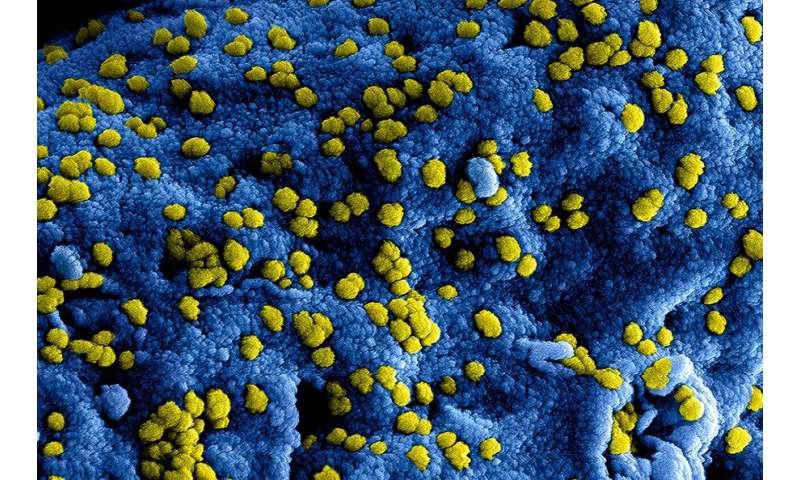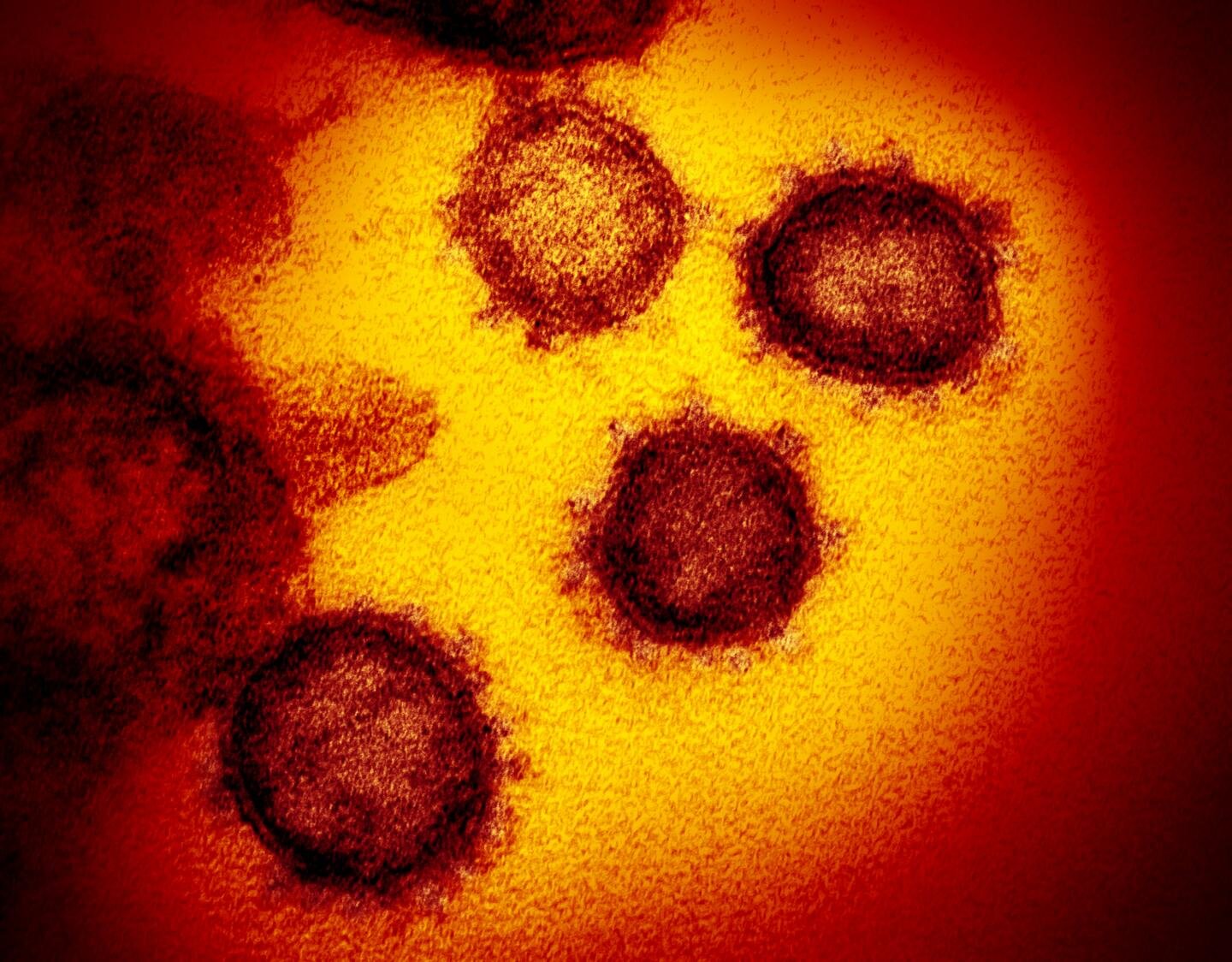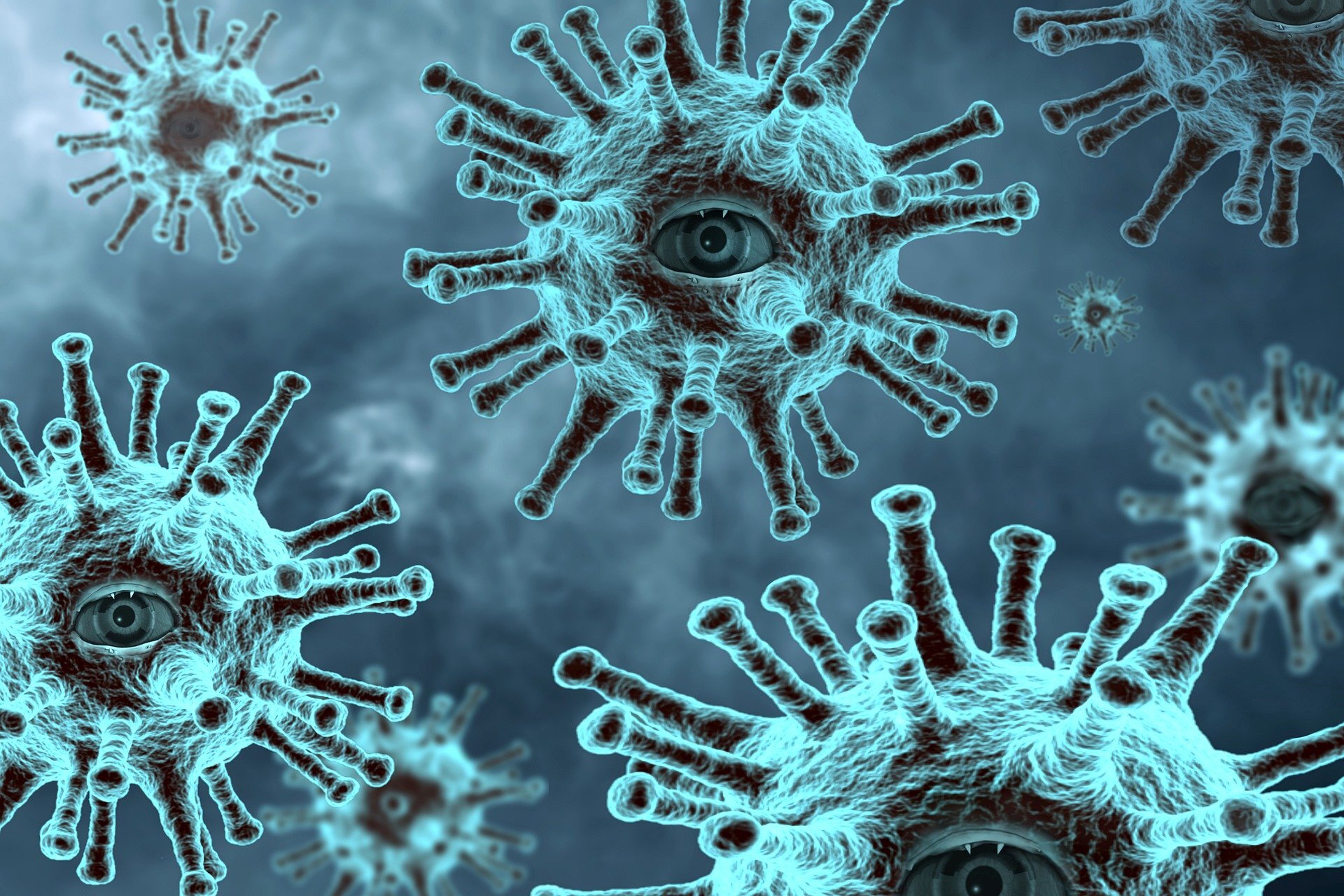#A protein with an unprecedented fold helps bacteria uptake thiosulfate as a sulfur source
“#A protein with an unprecedented fold helps bacteria uptake thiosulfate as a sulfur source”

A new study led by researchers at Nara Institute of Science and Technology (NAIST), Nara, Japan, published in Science Advances, reports the crystal structure of YeeE, a membrane protein that allows bacteria to uptake thiosulfate from the environment in order to synthesize L-cysteine. The structure reveals that YeeE has a characteristic hourglass shape that results in a sophisticated mechanism for the uptake, providing fundamental information that could greatly lower cysteine production costs in industry.
Most people know that water is made of hydrogen and oxygen atoms, and carbon compounds are found in all life on earth. However, other elements like sulfur are also indispensable for life, and sulfur-based molecules like L-cysteine are essential for many of our proteins. L-cysteine is also commercially important, as it is heavily used by the food, cosmetic and pharmaceutical industries.
“In nature, L-cysteine is produced by microorganisms that collect inorganic sulfur in the soil. If the secretion and production efficiency of L-cysteine by microorganisms can be dramatically improved, this procedure will be superior to existing methods, such as in the production of glutamic acid by Corynebacterium glutamicum,” says NAIST Professor Tomoya Tsukazaki, an expert in structural biology.
Bacteria can take up both sulfate and thiosulfate ions from the environment in order to synthesize L-cysteine. The efficiency of the synthesis from thiosulfate is higher because of fewer chemical reaction steps. To examine which proteins are crucial for thiosulfate uptake, the researchers conducted a series of genetic studies, finding YeeE.
To understand how YeeE physically conforms for the transport, the researchers uncovered crystal structures of YeeE that revealed an unprecedented fold forming an hourglass shape.
“Both the inner and outer surfaces of YeeE are indented toward the center. We think this shape is crucial for initiating the uptake and conducts thiosulfate,” explains Dr. Yoshiki Tanaka, the first author of the study.
Molecular dynamics simulations implied that the uptake occurs by passing the thiosulfate ion through three key sites in the YeeE structure. In the model, the first site attracts a thiosulfate ion to the positively charged surface. Then using S-H-S type hydrogen bonds, YeeE passes the ion to the other two sites and on to the cytoplasm without itself undergoing any major conformational changes.
This mechanism for uptake is quite unusual among membrane transporters according to Tanaka.
“There is a lot less movement compared with transporters that have inward- and outward-facing structures or use rocking bundle motions. YeeE is not structurally designed to use these other mechanisms,” he says.
Tsukazaki adds that the new mechanism expands our knowledge of nutrient transport into a cell, knowledge that can be exploited for industrial purposes.
“Comparatively little is known about the YeeE family of transport proteins. Through more study of the structure for the uptake and genetic modifications, we might be able to artificially design ‘super’ YeeE that enhance L-cysteine productivity via high thiosulfate uptake,” he says.
More information:
Crystal structure of a YeeE/YedE family protein engaged in thiosulfate uptake. Science Advances (2020). advances.sciencemag.org/lookup … .1126/sciadv.aba7637
Provided by
Nara Institute of Science and Technology
A protein with an unprecedented fold helps bacteria uptake thiosulfate as a sulfur source (2020, August 26)
retrieved 26 August 2020
from https://phys.org/news/2020-08-protein-unprecedented-bacteria-uptake-thiosulfate.html
This document is subject to copyright. Apart from any fair dealing for the purpose of private study or research, no
part may be reproduced without the written permission. The content is provided for information purposes only.
If you want to read more Like this articles, you can visit our Science category.
if you want to watch Movies or Tv Shows go to Dizi.BuradaBiliyorum.Com for forums sites go to Forum.BuradaBiliyorum.Com



